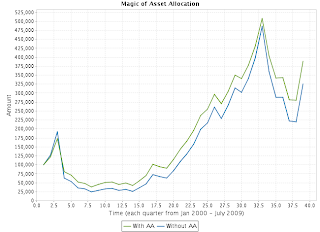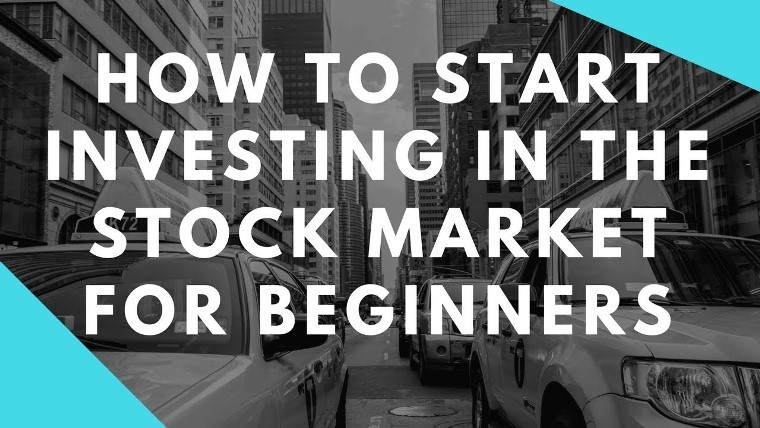You might have noticed that I started “Ask a Question” Section on my blog where anyone can ask any query to me, I will try my best to answer the questions, but please don’t expect instant reply. I am sharing the answers here for some questions asked by readers, this will help others to gain more knowledge about stuff.

Question 1:
Hi,
I am new learner in derivatives trading !
any good web site to understand in detail , and my very specific question is when to be in Futures and when to trade in Options !
many thanks,
Umesh
Answer
There is no single website for understanding this. You have to search different sites for different things. What I would suggest is clear your basics by reading some books and some articles on web. and then trade your self. Download my ebook: https://manish.pucsd.
Regarding choosing between Futures and Options, The best answer what excites you? Futures or Options? I like Options, so i trade options (not doing it from some weeks). Basically Options are more leveraged products than futures. Options are more difficult than futures.
There are different strategies in Options which can be applied at different times. Don’t trade derivatives if you are not able to trade equities successfully. move gradually from Equities to Derivatives. Don’t jump directly to Derivatives.
Question 2 :
If I have to choose ONLY ONE equity mutual fund for a time horizon of 10 years – which ONLY ONE fund should I choose ? What about DSP TOP 100 EQUITY FUND ? Is there any better than this fund? – RAJIV
Answer
Ok, this is tricky. The one i would suggest is “Sundaram Tax Saver”. Now comes the best part. If you had asked me this question before 5 yrs, The answer would have been “SBI Magnum or HDFC taxsaver” and answer will keep on changing, There are different cycles in mutual funds life cycle, The best mutual fund today may not be the best all life.
So the best time frame you should look at is 3-4 yrs and then evaluate back and shift money in another mutual fund as per the situation.
For now take Sundaram, invest through SIP and maintain your asset allocation. Look at the comparison I did between SBI and Sundaram here : https://www.jagoinvestor.com/
DSP top 100 equity is an excellent fund , This should be good enough to invest in , Don’t look for the best mutual fund, there is nothing like that. It depends on your risk profile and other factors if it suits you or not.
Question 3 :
Me and my wife both are working in MNC’s. We both are in the age of 27 and don’t have any kid yet. We both also don’t have any dependent. We both are getting cumulative 8 lakhs medical cover from our company. I read a lot of places that it is good to have your own medical policy. Can you please suggest that should I buy and medical policy for me ? and if Yes ..what should be the criteria. – Manu
Answer
8 lack is a good cover . But i think it would be 4 lacks each , not 8 lacks for one person . even 4 lacs is good for one person . The reason why extra health cover is advised is because
– You can loose job or move to another job and may be “without Health cover” for the gap which is not a good thing.
– Health cover does not mean “everything you can think of related to health”, There are many things which group health cover wont cover, dig out more on that. See what is the most important thing for you and your wife and if your Company covers that or not. It wont hurt to take a good Family Floater cover for 4-5 lacs for you people, it would be 8-9k per year . Cover your self well..
There is nothing like the best policy, its not “the policy which suits your requirement”, the policy which is best for me, can not be best for you.
You may also want to look at a term cover for a small amount (20-30 lacs), I know you people are not financially dependent, but i am sure it would help if there is loss of income because of some unfortunate event.
Question 4 :
My question are
1) If I have invested in a ULIP for more than 3 years as of now, is it better to continue on that ULIP? I think the commission, other charges etc are negligibly small after three years of policy . Any amount I invest from now on will be invested in equity markets. Please let me know your thoughts
2) In case of term insurance policies, money that my dependents get is taxable or not ?(of course if I die during policy tenure) 🙁
3) I read in one of your blog post that it is better to split life insurance into two or three companies to that it will give us a flexibility to stop one or two later at some point of time. In case of my death , will my dependents get claims/money from all my policy ?
4) If I have health policy in different company , can i claim the refund from all policy or just one . Will those be taxable?
– Aby
Answer
Find the answers in line.
1) If I have invested in a ULIP for more than 3 years as of now, is it better to continue on that ULIP? I think the commission, other charges etc are negligibly small after three years of policy. Any amount I invest from now on will be invested in equity markets. Please let me know your thoughts
For this you need to see what is the current situation of your total fund value . For last 1.5 yrs markets have done very badly , so there would be significant change in fund value compared to normal years . Other charges are not always negligible after 3 yrs of policy . I think you can either link your ULIP with your long term goals , or start a SIP from now onwards .
2) In case of term insurance policies, money that my dependents get is taxable or not?(of course if I die during policy tenure) 🙁
Its not Taxable , however when they invest that money somewhere and when they start getting yearly income from that , then that yearly income will be taxable .
3) I read in one of your blog post that it is better to split life insurance into two or three companies to that it will give us a flexibility to stop one or two later at some point of time. In case of my death, will my dependents get claims/money from all my policy?
Yes, your family will, get money from all your policy, If you take Insurance of 30 lacs , 20 lacs and 25 lacs from different insurers, they will get it from everyone , so total will be 75 lacs .
However , you can not use this to your advantage and take crores of policies, because insurers ask for your previous policies and if they think that your insurance has crossed the limit which you should have , then they will refuse the insurance to you .
4) If I have health policy in different company, can i claim the refund from all policy or just one. Will those be taxable?
No, You can only get the refund upto the expenses occurred. So if you have taken Health insurance from more than 1 insurers , they will share the cost between themselves in the ratio of sum assured (this is basic rule , there can be some different rule here and there) .
So if you take Health insurance for 5 lacs and 10 lacs , and your expenses are 3 lacs which you want to claim , you will get 1 lac from 1st insurer and 2 lacs from 2nd. The amount is not taxable , because its not something extra you are getting, its just the same amount you have spent and getting it back . So for you its 0 profit 0 loss .
Question 5 :
Sir.,
Thanks for this service.i am working as a agent for mutual funds. From today onwards there is no ENTRY LOAD so no commission. yesterdays conclusion from our trade is to request(!) the same amount from the customers.
Is it possible to receive cash favor directly from clients?
Some clients are happy with our service, and some were not at all !!!
– Srinivas
Answer
So what if 2.25% entry load is scrapped. Clients are ready to pay for quality advice and good service. If you advice them well and help them take good decisions for there investments, I am sure clients wont mind paying you 2.25% commission (even more than that) . You should take this in positive way .
I hope you are AMFI registered and have good grip on Mutual funds and how to choose best one which suits your clients needs. I hope you are not just choosing the “top 5′ from some rating website (though its fine sometimes) . Research your clients needs and suggest them good mutual funds and let them understand why it suits them .
Trust is what they should have with you. Once they trust you and your advice, this IRDA rule of 2.25% thing will make no sense to you and other agents.
As I said earlier, This may look like a Disaster to you, but its your chance to start all over again and make things work for you , adapt to changes 🙂 .
Do let me know if you like this section or not.
Please note, that the question and answer are made public only after confirming it with the requester, If you want that your question and answer are not shared, that’s fine with me.
If you want to ask a question to me, Click here
Liked the post , Subscribe to Get Posts in Email or RSS Reader










